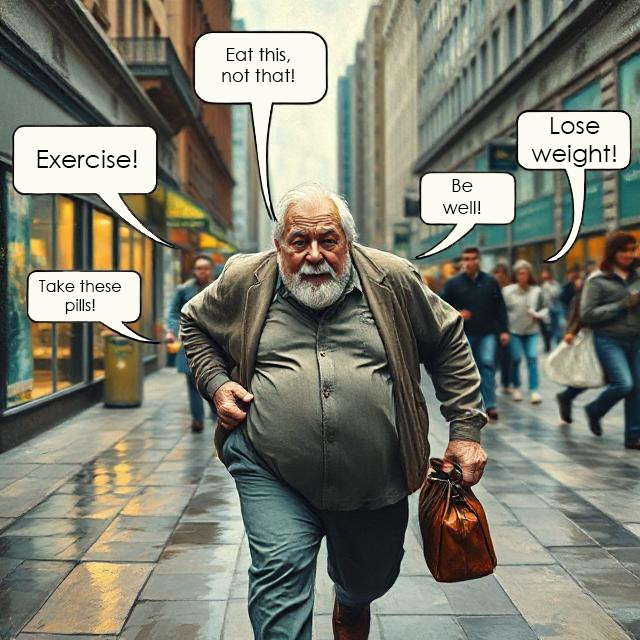Wellness is everywhere. It’s in your feed, your grocery store, your phone’s step tracker, and maybe even your morning routine. We light candles labeled “balance,” drink adaptogenic lattes, track our sleep, stretch, hydrate, manifest, and microdose. The word itself — wellness — feels soft, safe, inviting. Who wouldn’t want to be well?
But behind the lavender-scented exterior of the wellness industry lies something more complex — a multi-billion-dollar business built on aspiration, anxiety, and the unspoken promise that if you just buy the right product or follow the right protocol, you’ll finally feel okay. Maybe even happy.
It wasn’t always like this. Once, wellness was simply a word used to describe the state of being healthy. Now, it’s a lifestyle — often branded, always evolving, and relentlessly marketed. And while it can certainly inspire positive habits, it’s also become a polished mirror reflecting back our collective longing for control in a world that feels increasingly out of balance.
That’s the heart of it: wellness sells hope. Hope that we can fix the unfixable. That if we eat clean enough, move intentionally enough, breathe deeply enough, and stay aligned with the full moon, we can shield ourselves from stress, sadness, burnout, and aging. It’s not just about green juice and skincare — it’s about self-optimization. Always doing more, always improving, always striving toward some better version of ourselves that always seems just out of reach.
And it’s exhausting.
The wellness industry doesn’t usually call itself an industry, but it is. One worth over $4 trillion globally. And like any industry, it relies on keeping us unsatisfied. It thrives on the illusion that the next product, the next retreat, the next reset will be the one that finally makes us feel whole. But wellness, when it becomes a commodity, begins to resemble the very systems it claims to offer relief from — perfectionism, consumerism, individualism. You start to wonder: is this really self-care, or is it just more pressure disguised as peace?
Even more troubling is how wellness is often sold as morally superior. A certain body size, skin glow, or diet becomes a virtue. Wellness influencers market detox teas while posting “positive vibes only,” creating a culture where looking healthy becomes more important than being healthy — and where health itself is framed as a personal achievement, rather than something shaped by access, privilege, or structural inequality.
For many, the cost of chasing wellness — financially, mentally, emotionally — outweighs the benefits. The supplements, the subscriptions, the time, the guilt. And when it doesn’t “work,” when the anxiety lingers or the bloat doesn’t go away, the blame quietly shifts inward: you must not be doing it right.
But what if wellness isn’t something we need to earn, buy, or perfect? What if true wellness looks less like a lifestyle brand and more like a messy, imperfect practice — one that includes rest, joy, connection, boundaries, and softness? What if it’s less about control and more about letting go?
The wellness industry will keep evolving. It will keep promising answers. And that’s okay — there’s nothing wrong with wanting to feel better. But maybe the real work is stepping back from the noise and asking yourself: Who is this for? What am I really seeking? And what does “being well” mean to me — on my terms, in my body, in my life?
Because sometimes, the most radical form of wellness is simply… not chasing it.




